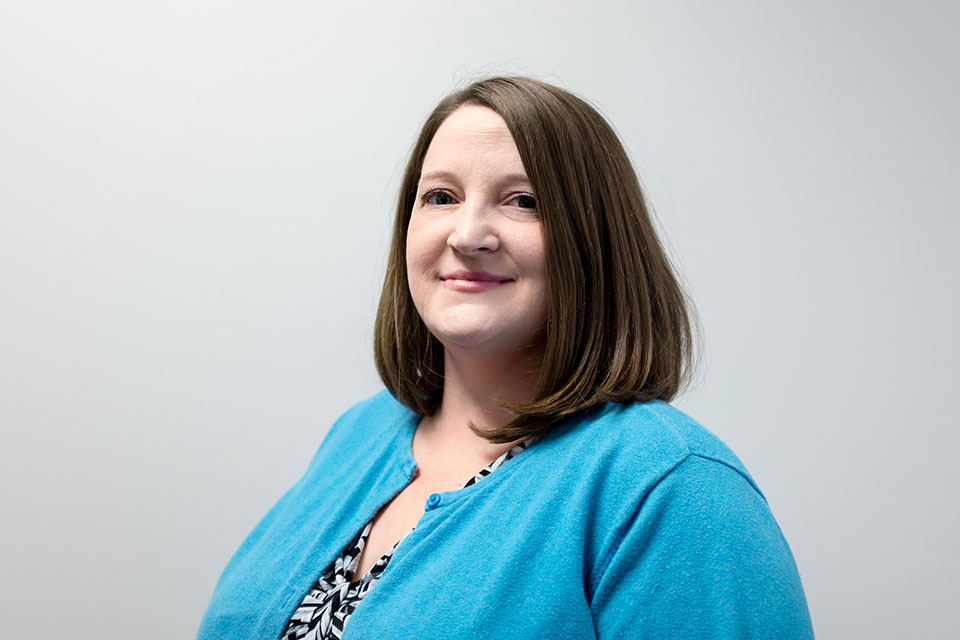NIMH
ID: 5R13MH077415-06
PI: DAVID J. KUPFER, MD
TERM: 06/06 – 02/15
The goals of the CDI for Bipolar Disorder are to enhance their repertoire of research “survival skills,” providing continuing support in their transition to independent investigation, fostering shared learning experiences with other investigators at similar developmental stages, and establishing a network of junior investigators and senior mentors across the country interested in bipolar research.
This goal will be achieved through an annual intensive 3-day training program coupled with annual booster sessions where senior researchers will provide updates on new methods in psychiatric research and emerging trends in bipolar research; teach strategies for shortening the time interval between the end of research training and the receipt of initial extramural grant support; foster relationships with established investigators of bipolar disorder who will work over the long term as mentors or consultants; and promote relationships with other developing investigators to facilitate peer support and collaborative efforts.


